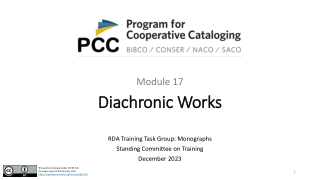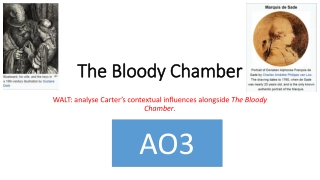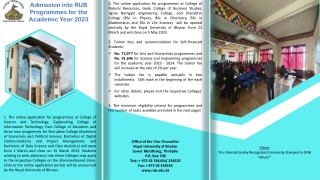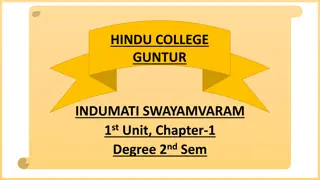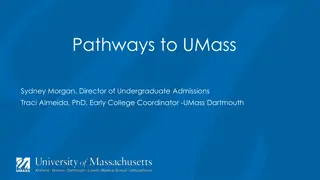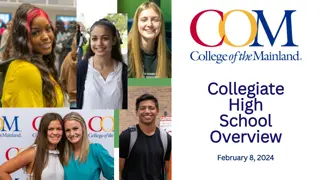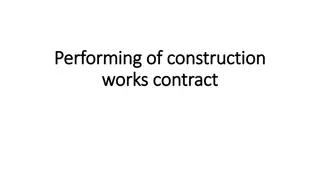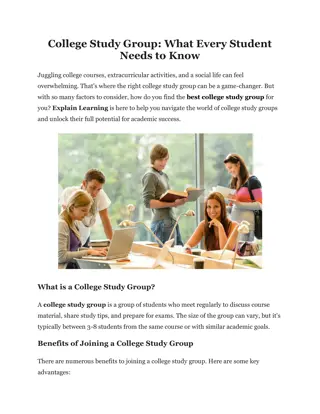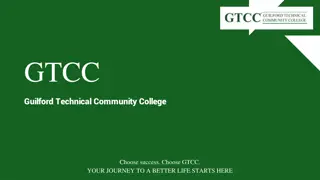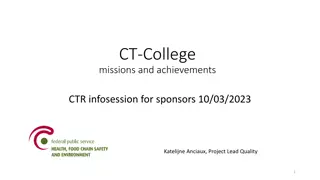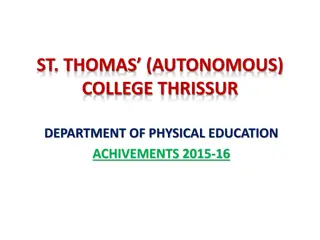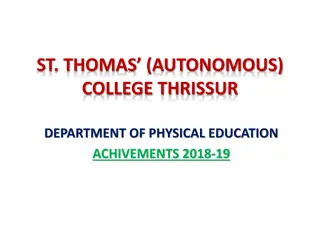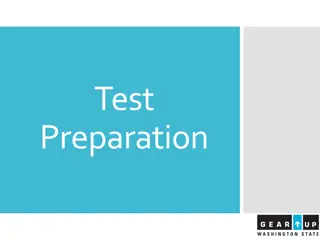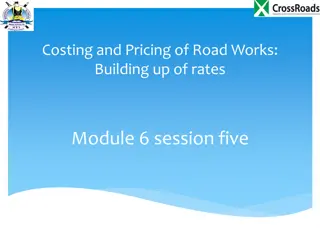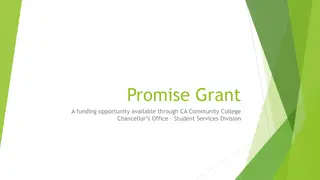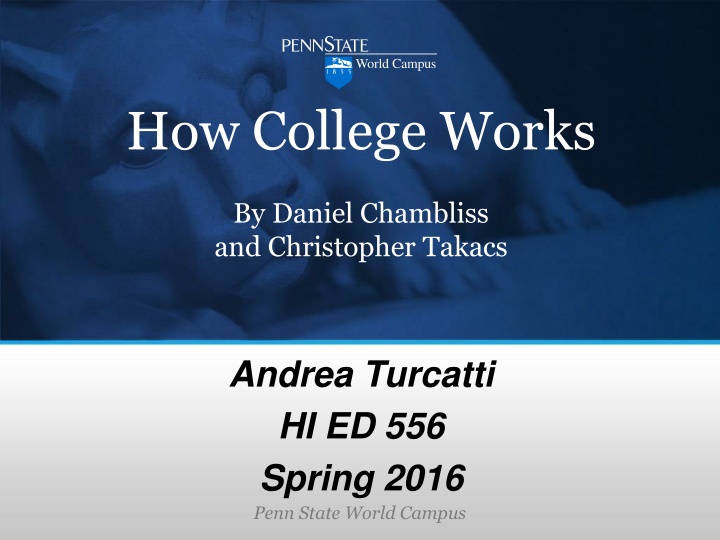
College Student Experiences and Success Factors
Discover insights from "How College Works" by Chambliss and Takacs, outlining the importance of personal relationships in college success, based on research conducted at Hamilton College. Learn about student challenges, from making friends to finding motivation, and the impact of social connections on educational outcomes.
Download Presentation

Please find below an Image/Link to download the presentation.
The content on the website is provided AS IS for your information and personal use only. It may not be sold, licensed, or shared on other websites without obtaining consent from the author. If you encounter any issues during the download, it is possible that the publisher has removed the file from their server.
You are allowed to download the files provided on this website for personal or commercial use, subject to the condition that they are used lawfully. All files are the property of their respective owners.
The content on the website is provided AS IS for your information and personal use only. It may not be sold, licensed, or shared on other websites without obtaining consent from the author.
E N D
Presentation Transcript
How College Works By Daniel Chambliss and Christopher Takacs Andrea Turcatti HI ED 556 Spring 2016 Penn State World Campus Penn State World Campus
Purpose To understand, from the students point of view, the undergraduate college student experiences at crucial moments in the college career To provide the fundamentals of how college works To present effective interventions to improve college education at no additional cost Penn State World Campus
Summary Overview How College Works provides a series of recommendations on how to improve student outcomes without spending more money The authors base their recommendations on their core finding: people, connections, and face-to-face relationships are the key elements for success Strategic use of resources lead to considerably improved outcomes Penn State World Campus
Research Research conducted at Hamilton College Clinton NY Study follows students from freshman through senior year as they face challenges in college. Methodology: Student experiences is the unit of analysis Scientific sampling of student body Multiple research methods Penn State World Campus
Major Finding What really matters in college is who meets whom, and when. (Chambliss and Takacs, 2014, p.16) Challenges face in college by students are shaped by personal relationships, which are themselves shaped by the institution in which they occur. Penn State World Campus
Student Challenges Entering the social world of college finding friends First crucial step to success A set of basic friendships keeps students in school Early relationship affect later choices Choosing courses, teachers, mentors, major, etc. Even small decisions students make early on can have profound influence on their future path. Students ask advise from people who are closest to them: roommates, friends, professors. These relationships are important influences on their choices. Belonging to the larger community Broader network strengthens the feeling of being at home Penn State World Campus
Student Challenges Learning what works? Motivation is crucial and emotional connections to others and to the community provide the strongest motivation. The strongest motivation comes from an emotionally based face- to-face relationship. Students benefits from teachers who care about them and the course. The people involved, not the abstract programs, are crucial. Finishing outcomes Students mentioned skills, confidence, and relationships as positive results from college. For the authors, satisfaction is the ultimately goal. Penn State World Campus
Arithmetic of Engagement At any particular moment there are a limited number of opportunities for engagement. The challenge is to maximize educational engagement and success. (Chambliss and Takacs, 2014, p.68,77). Having just two or three good friends seems sufficient to have a good college experience. A student needs only one or two great teachers to feel he/she had an excellent academic experience. Excellent large courses can positively affect large numbers of students. A single poor professor, teaching a large introductory course, may easily damage students interest in a discipline. Penn State World Campus
How College Works The Basic Principles Ten Broad Generalizations 1. Students face a chronological sequence of challenges in college. 2. Relationships are central to a successful college experience. 3. Students follow readily available pathways. 4. Even crucial decisions are often make opportunistically. 5. College itself makes some pathways more easily available than others. Penn State World Campus
How College Works The Basic Principles Ten Broad Generalizations (cont.) 6. The best opportunities for engagement are limited. 7. Belonging to larger groups and to the college itself motivates students. 8. Early events and choices in a student s career can be decisive. 9. College can provide a wide variety of benefits. 10.Isolated from the people who carry them out, programs, practices, and pedagogies seem to have little impact. Penn State World Campus
What Leaders Can Do Deploy the best teachers for maximum impact Use space to help people meet Use strategic scheduling to improve the odds for learning Help motivated students to help each other Focus especially on students early careers Use the arithmetic of engagement Penn State World Campus
What Students Can Do Start meeting people right away Choose teachers over topics Pick your places Join high-contact activities Keep some options open, socially and academically Penn State World Campus
Reaction and Response Authors have a different approach to improving outcomes: focus is on the student experience at college, not on how successful initiatives, programs, activities are. How College Works is an engaging book, where readers are immersed on the college experience through students narratives. How College Works is very well organized; describing year by year from the time students arrive to college until they graduate how earlier connections and experiences shape outcomes. Limitations of research: elite college with a non-representative population. Subpopulations have not been taken into consideration when doing the study. Small liberal art college. Authors are too critical of tools such as strategic planning and pedagogical innovations. Penn State World Campus
Intended Audiences Higher Education Professionals administrators, professors, staff Students current and prospect Parents Penn State World Campus
Astins IEO Model Input: To what extent do students from different cultures, socioeconomic classes, races, encounter the same experiences as the ones narrated in the book? Environment: To what extent can large research universities implement the authors suggestions for output improvements as easy as the reading indicates? Output: Is the goal of student satisfaction (ultimately happiness) too subjective to measure for a college goal? Penn State World Campus
References Chambliss, D.F., Takacs C.G. (2014). How College Works. Cambridge, MA: Harvard University Press. Thank you! Penn State World Campus

